Home>Dining>Table Decor>How To Identify The Style Of An Antique Table
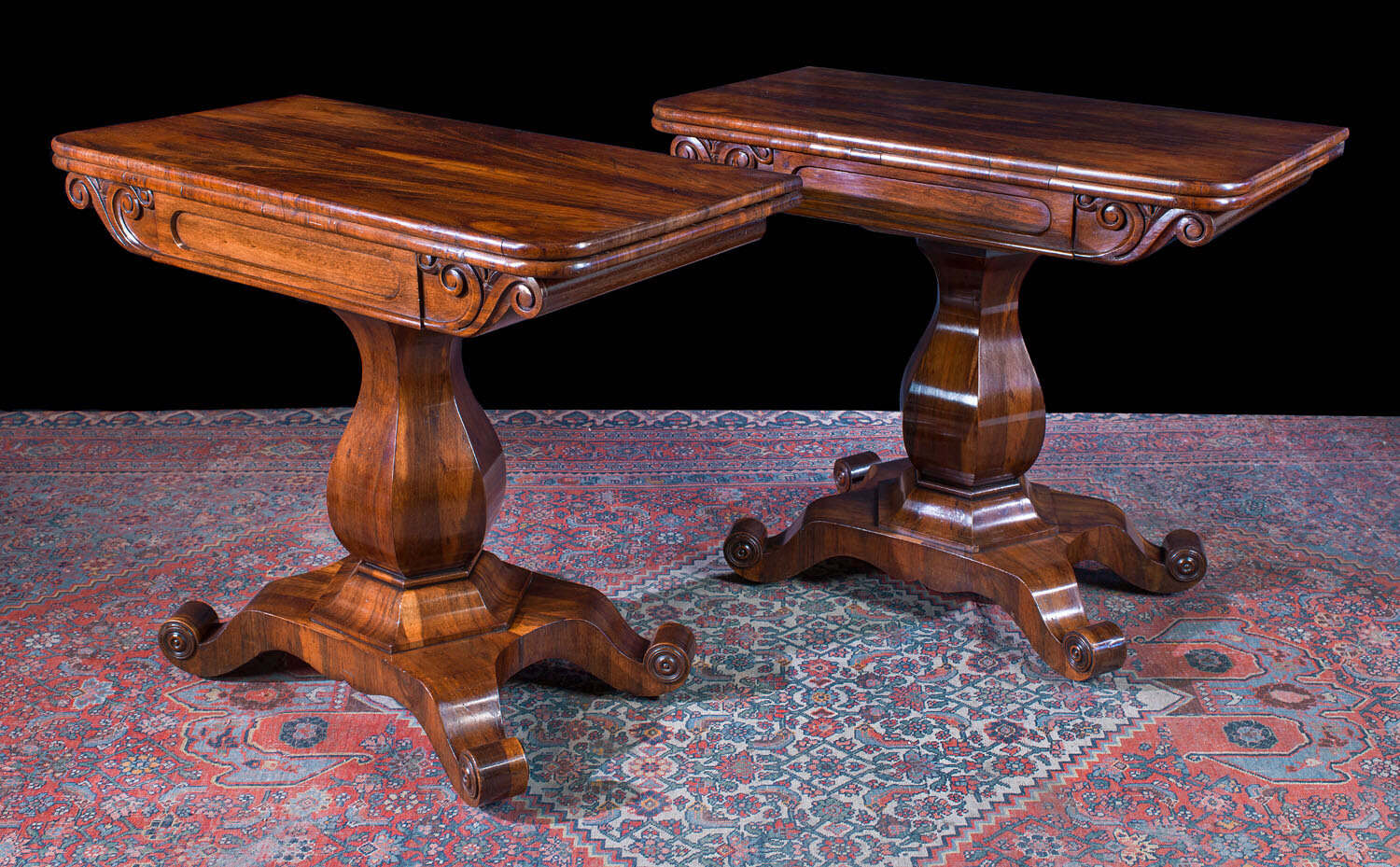

Table Decor
How To Identify The Style Of An Antique Table
Modified: January 6, 2024
Learn how to identify the style of an antique table with our easy-to-follow guide. Enhance your table decor with our expert tips.
(Many of the links in this article redirect to a specific reviewed product. Your purchase of these products through affiliate links helps to generate commission for Storables.com, at no extra cost. Learn more)
Introduction
Welcome to the world of antique tables, where craftsmanship, history, and style come together. From elegant dining tables to ornate coffee tables and everything in between, antique tables are not only functional pieces of furniture but also works of art. Whether you are a passionate collector or simply curious about the different styles and periods, this article will guide you on how to identify the style of an antique table.
Antique tables hold a special charm and character that is unique to each piece. They are a window into the past, reflecting the cultural influences, design trends, and skilled artisans of their time. However, identifying the style of an antique table can sometimes be a challenging task, especially for those new to the world of antiques.
In this guide, we will explore various techniques and factors to consider when determining the style of an antique table. We will delve into the materials used, construction methods, decorative elements, and even research historical periods to gain a deeper understanding of the table’s origins and context.
By the end of this article, you will have a solid foundation for identifying the style of an antique table and be one step closer to appreciating the beauty and historical significance of these timeless pieces.
Key Takeaways:
- Uncover the unique story behind each antique table by examining materials, construction, and decorative elements. Research historical periods to place the table in its proper context and understand its design influences.
- Embrace the rewarding journey of identifying the style of an antique table. From intricate carvings to joinery techniques, each piece reflects the artistry, craftsmanship, and design principles of its respective period.
Read more: How To Identify Antique Vases
Understanding Antique Tables
Before we delve into the process of identifying the style of an antique table, it is important to have a basic understanding of what makes a table antique. Generally, a table is considered antique if it is over 100 years old. However, this definition can vary depending on the specific field of study or market.
Antique tables come in a wide range of styles, each representing a particular era, region, or design movement. Some of the most common styles include Queen Anne, Chippendale, Victorian, Art Nouveau, and Art Deco, to name just a few. Each style is characterized by its distinct design elements, such as the shape of the legs, the type of wood used, and the overall form and decoration.
One key aspect to remember when understanding antique tables is that they often reflect the cultural and societal shifts of the time they were made. For example, tables from the Victorian era (1837-1901) were often elaborate and ornate, featuring intricate carvings and embellishments. On the other hand, tables from the Art Deco period (1920s-1930s) embraced sleek lines, geometric shapes, and a modern aesthetic.
It is also important to note that antique tables can be made of various materials, including wood, metal, stone, or a combination of these. The choice of materials can greatly impact the style and overall appearance of the table. Wood, for instance, can range from the dark and rich mahogany commonly found in Georgian tables to the lighter and more rustic oak or pine used in farmhouse-style tables.
In essence, understanding antique tables involves familiarizing yourself with the different styles, materials, and design characteristics associated with specific periods. By developing this knowledge base, you will be better equipped to identify and appreciate the unique features of an antique table.
Examining Materials
Examining the materials used in an antique table is a crucial step in identifying its style and historical context. The type of material used can provide valuable clues about the era in which the table was crafted, as well as its level of craftsmanship and quality.
Wood is one of the most common materials used in antique tables. Different types of woods were favored during different time periods. For example, oak was popular during the Gothic and Renaissance periods, while mahogany became prevalent in the Georgian and Victorian eras. Oak is known for its strength and durability, often used in heavy, solid tables, whereas mahogany is prized for its rich, reddish-brown color and fine grain.
Aside from wood, other materials like metal, stone, or glass may be incorporated into an antique table’s design. Metal accents, such as brass or iron fittings, can be found in tables from various periods. Stone tops, like marble or slate, were commonly used in luxurious antique tables, especially those from the Victorian era. In some cases, antique tables may include a combination of different materials, which can add unique character and aesthetic appeal.
In addition to considering the materials themselves, it is important to examine how they were used in the construction of the table. Take note of any intricate carving or inlay work, as these details can indicate the level of craftsmanship and the style of the table. For example, tables from the Arts and Crafts movement often feature simple, straightforward designs with an emphasis on the natural beauty of the wood.
When examining the materials of an antique table, it is also important to assess their condition. Over time, materials can deteriorate or be replaced, affecting the integrity and value of the piece. Look for signs of repair or replacement parts, which may indicate that the table has undergone restoration.
By carefully examining the materials used in an antique table, you can gain valuable insights into its style, craftsmanship, and historical significance. It is an essential step in determining the authenticity and value of the piece.
Analyzing Construction
Analyzing the construction of an antique table is another crucial aspect in identifying its style and authenticity. The construction methods used can reveal valuable insights into the craftsmanship and age of the piece.
One key factor to consider is the joinery techniques employed in the table’s construction. Traditional joinery methods, such as dovetail joints, mortise and tenon joints, and tongue and groove joints, were commonly used in antique tables. These techniques involve interlocking or overlapping pieces of wood to create strong and durable connections. The presence of these traditional joinery methods suggests that the table was crafted with attention to detail and skilled craftsmanship.
Pay close attention to the quality of the construction. Look for tight and precise joints, indicating a high level of craftsmanship and attention to detail. Uneven or sloppy joints may suggest a lower level of skill or even a more recent production date.
Examining the table’s legs can also provide valuable information about its style and construction. Different styles of table legs were popular during different periods. For example, cabriole legs with elegant curves were commonly found in Queen Anne and Chippendale style tables, while straight, tapered legs became more popular in the Georgian and Federal periods. Baluster or barley twist legs were often seen in Jacobean or Renaissance style tables. The shape, thickness, and decoration of the legs can give you clues about the time period and style of the table.
Another aspect to consider is the presence of any additional features or mechanisms in the table. Some antique tables may have hidden compartments, pull-out extensions, or unique folding mechanisms. These innovative design elements can further indicate the style and purpose of the table, as well as the level of ingenuity of the craftsman.
Additionally, examining the overall shape and form of the table is important. Different styles had distinct shapes, whether it be rectangular, round, oval, or irregular. The proportions and proportions of the tabletop and its relationship to the legs can also provide insights into the style and design aesthetic of the table.
By closely analyzing the construction methods and features of an antique table, you can gain a deeper understanding of its style, craftsmanship, and historical context. It is an essential step in distinguishing an authentic antique from a newer reproduction.
Look for key design elements such as the legs, carving, and materials used. Research different furniture styles and compare them to the table to determine its style.
Identifying Decorative Elements
When examining an antique table, identifying the decorative elements is crucial in determining its style and period. The presence of specific decorative details can provide valuable insights into the craftsmanship and design aesthetic of the piece.
One of the first decorative elements to consider is carving. Antique tables often feature intricate carving on various parts, such as the legs, aprons, or tabletop. The style of carving can vary significantly depending on the period. For example, tables from the Gothic or Renaissance periods may showcase elaborate and ornate carvings depicting religious motifs or mythical creatures. In contrast, tables from the Georgian or Federal periods may feature more restrained and classical-inspired carvings, such as acanthus leaves or rosettes.
In addition to carving, other decorative elements can include inlay work, marquetry, or parquetry. Inlay involves cutting out shapes in the wood and filling them in with contrasting materials like ivory, mother-of-pearl, or different types of wood. Marquetry refers to the art of creating intricate patterns or designs using wood veneers of different colors and grains. Parquetry, on the other hand, involves arranging small pieces of veneer in geometric patterns to create a decorative effect. These techniques were popular during various periods, such as the Rococo or Art Nouveau movements.
The presence of decorative hardware can also provide insights into the style and age of an antique table. Latches, handles, hinges, and escutcheons can be indicative of the period and region in which the table was made. For example, brass hardware was commonly used in the Georgian and Victorian periods, while more ornate and detailed hardware is often seen in tables from the Baroque or Rococo styles.
Furthermore, the surface finish of the table can offer valuable information. Antique tables may have been treated with different finishes over the years, such as shellac, wax, or varnish. The patina that develops on the surface over time can give the table a warm and aged appearance. Carefully examining the surface can provide clues about the original finish and any restoration that may have been done.
By identifying and analyzing the various decorative elements in an antique table, you can gain a deeper understanding of its style, craftsmanship, and historical significance. These details contribute to the overall aesthetic appeal and allure of the piece, making it a unique and valuable addition to any collection.
Read more: How To Identify Antique Persian Rugs
Researching Historical Periods
Researching historical periods is a crucial step in identifying the style of an antique table. Understanding the context and design trends of different time periods can provide valuable insights into the origins and characteristics of the piece.
One way to research historical periods is through studying art and furniture history. Books, online resources, and museum exhibitions can provide a wealth of information about different design movements, regional styles, and influential designers of the past. By familiarizing yourself with the characteristics of each period, you can better identify the style elements present in an antique table.
Pay attention to the chronological order of periods as styles and design principles have evolved throughout history. This will help you place the table in its proper historical context. For example, understanding the difference between the ornate and intricate Rococo style of the 18th century and the clean lines and geometric forms of the Art Deco movement in the 20th century can assist in dating a piece.
When researching historical periods, also consider the social, political, and cultural influences of the time. Design trends often reflect the societal changes and artistic movements of a particular era. For example, the Arts and Crafts movement emerged as a reaction to the industrialization of the Victorian era, emphasizing handcrafted pieces and natural materials.
Examining the history of furniture-making techniques can also be informative. Different construction methods, joinery techniques, and materials were favored during different periods. For instance, the use of veneers and marquetry became popular in the 17th and 18th centuries, while the introduction of machine-made furniture in the Industrial Revolution impacted production methods in the 19th century.
Furthermore, understanding the historical context can help you distinguish between original antique pieces and later reproductions or revivals. Some styles, such as the Renaissance Revival or the Neo-Classical Revival, became popular during later periods and may imitate the styles of earlier centuries.
Researching historical periods not only aids in identifying the style of an antique table but also deepens your appreciation for the piece’s cultural and artistic significance. By placing the table within its historical context, you can better understand its design influences and the craftsmanship behind its creation.
Conclusion
Identifying the style of an antique table is a fascinating journey that combines knowledge, observation, and a keen eye for detail. By understanding the characteristics of different materials, construction methods, decorative elements, and historical periods, you can unravel the unique story behind each piece.
Antique tables are not only functional pieces of furniture but also treasures that offer a glimpse into the past. They reflect the artistry, craftsmanship, and design principles of their respective periods. From the intricate carvings of the Baroque era to the streamlined elegance of the Art Deco movement, each style carries its own aesthetic and historical significance.
When examining an antique table, pay attention to the materials used, such as the type of wood or the presence of metal accents. Analyze the construction methods and joinery techniques employed, as they can reveal the level of craftsmanship involved. Look for decorative elements like carving, inlay work, or unique hardware that can provide clues about the table’s style and era. Lastly, research historical periods and design movements to place the table in its proper context and understand the influences behind its creation.
It is important to approach the identification process with an open mind and a willingness to learn. Antique tables can have unique characteristics or variations that challenge traditional categorizations. Always be open to exploring different possibilities and consulting experts or reference materials when needed.
By delving into the world of antique tables and understanding their style, history, and craftsmanship, you can develop a deeper appreciation for these timeless pieces. Whether you are a collector, an enthusiast, or simply someone who appreciates the beauty of antiques, the ability to identify the style of an antique table will provide you with a richer understanding of its value and significance.
The journey to identifying the style of an antique table is a rewarding one, filled with discoveries and a deeper connection to the past. So, embark on this adventure, explore the intricate details of antique tables, and let their stories unfold before your eyes.
Frequently Asked Questions about How To Identify The Style Of An Antique Table
Was this page helpful?
At Storables.com, we guarantee accurate and reliable information. Our content, validated by Expert Board Contributors, is crafted following stringent Editorial Policies. We're committed to providing you with well-researched, expert-backed insights for all your informational needs.
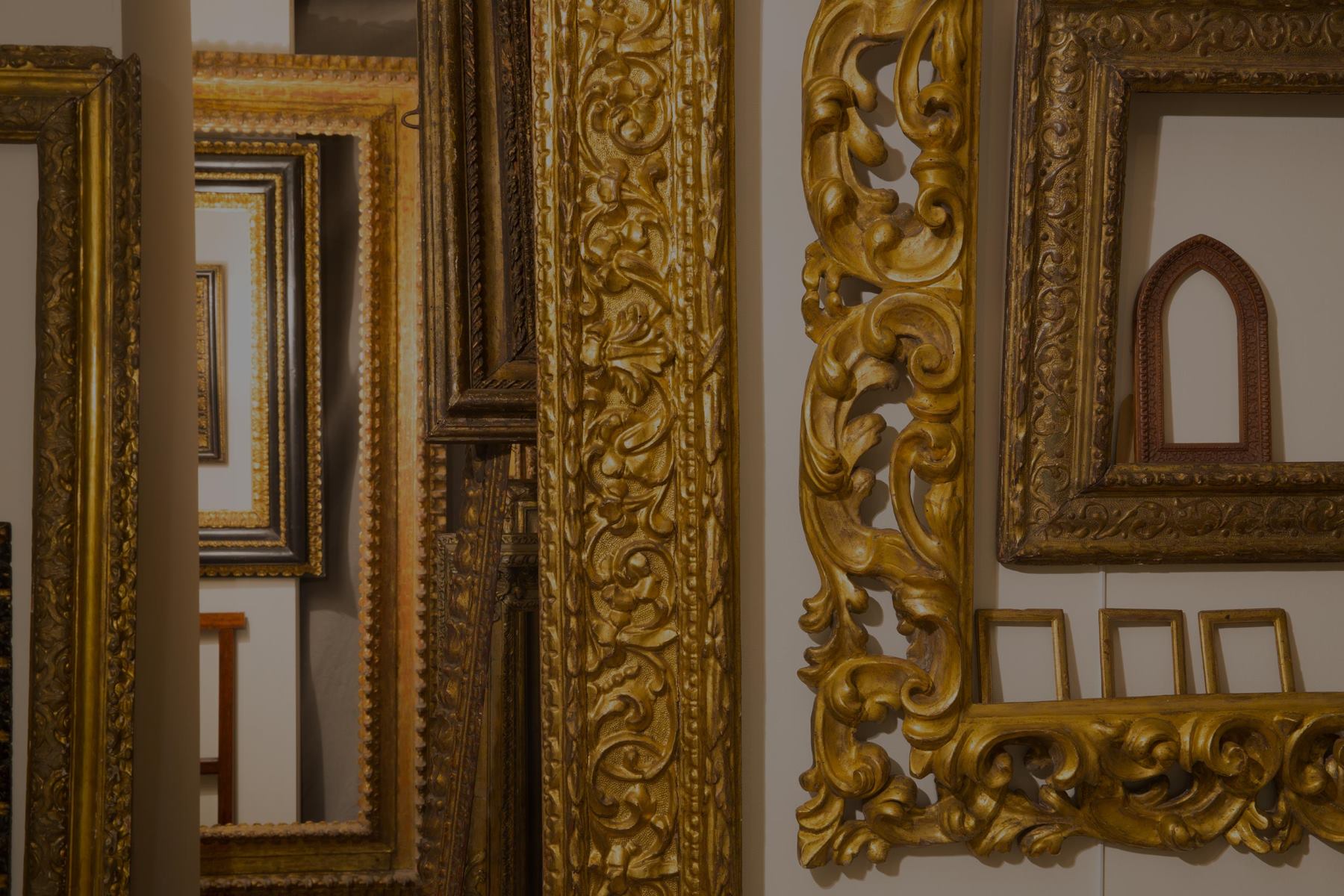
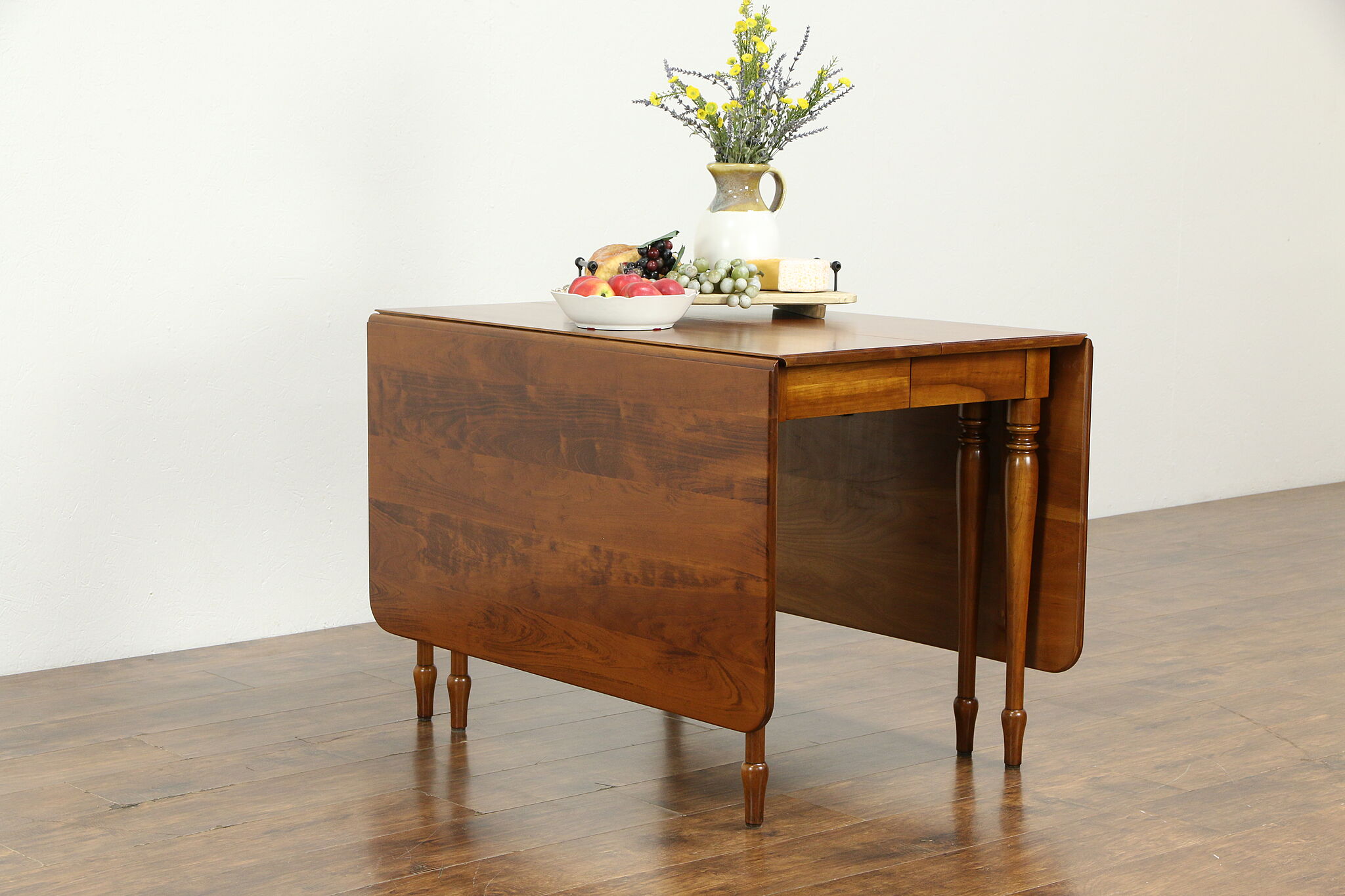
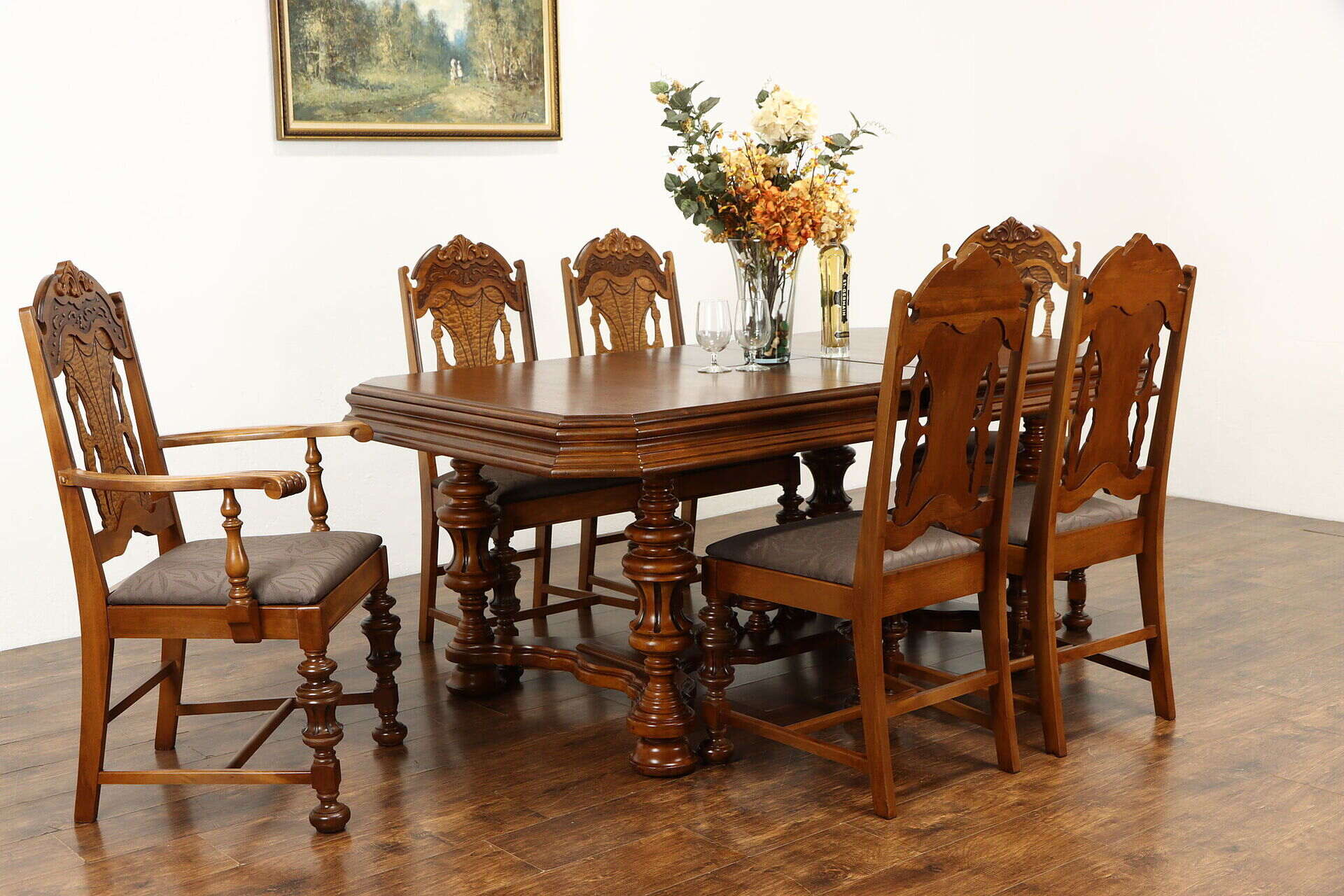
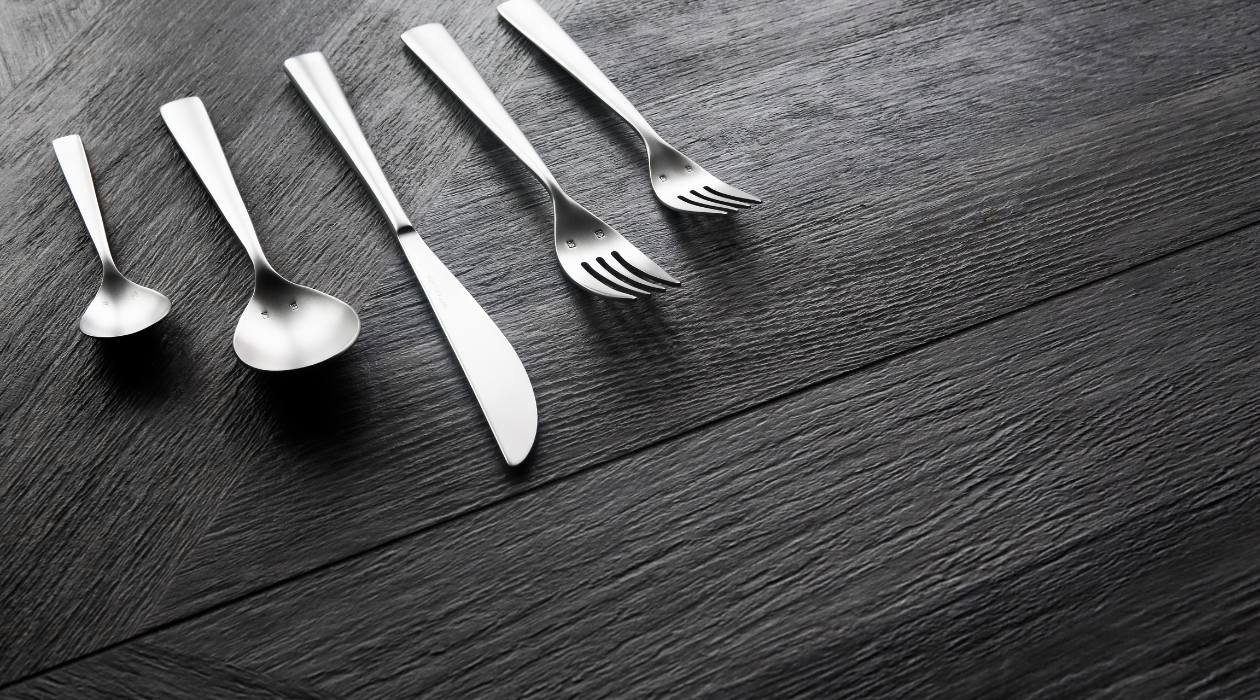
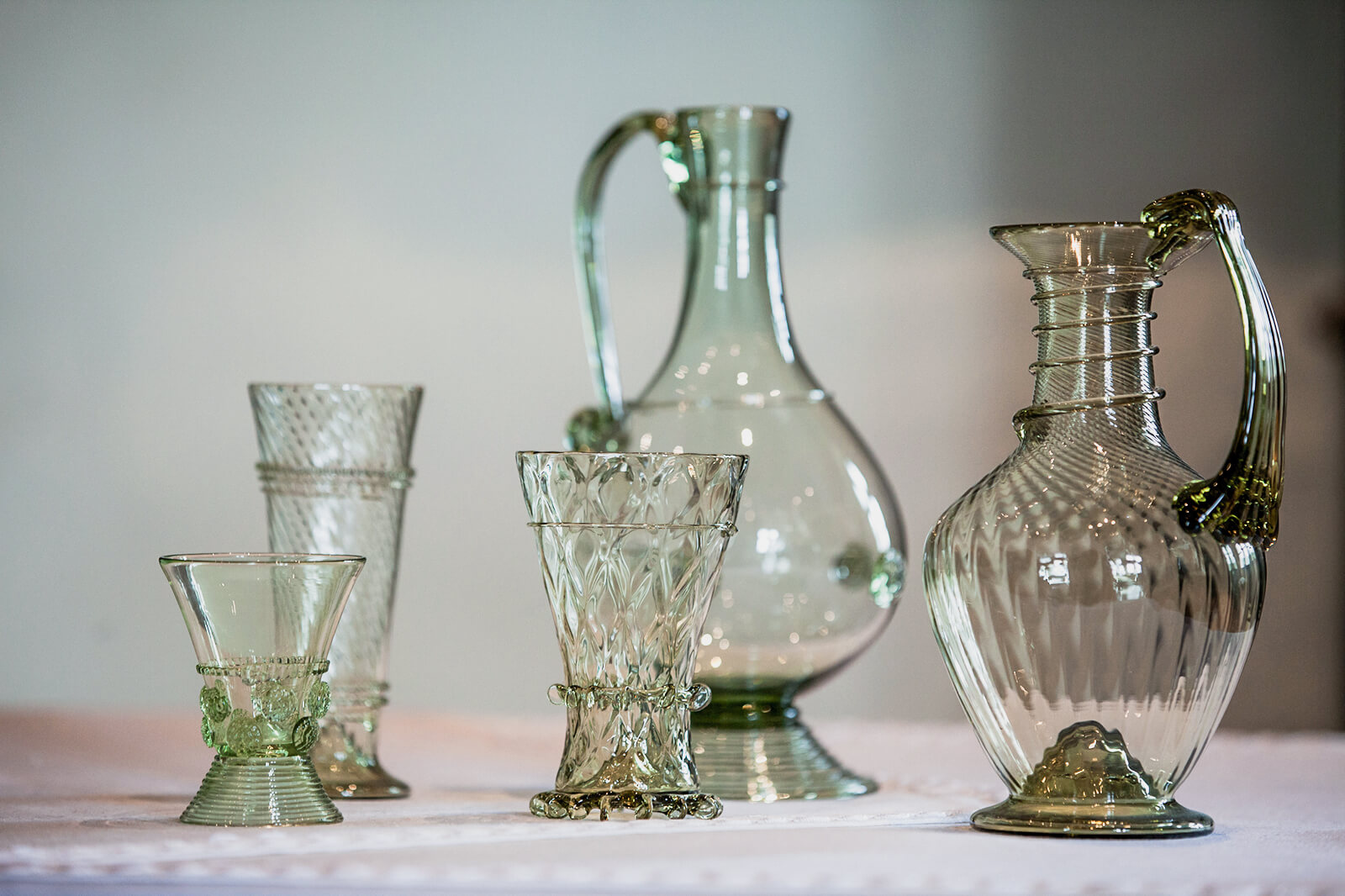

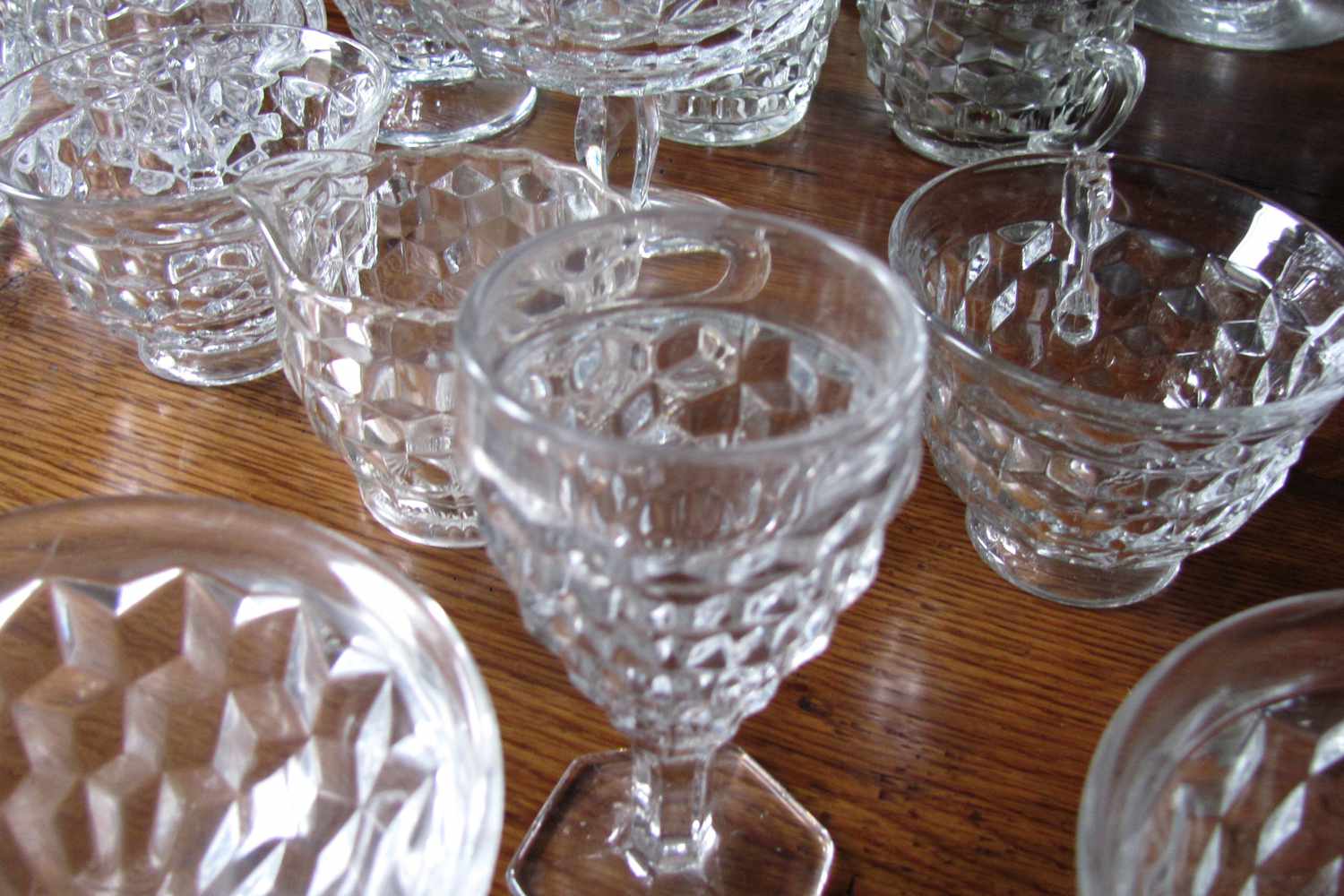

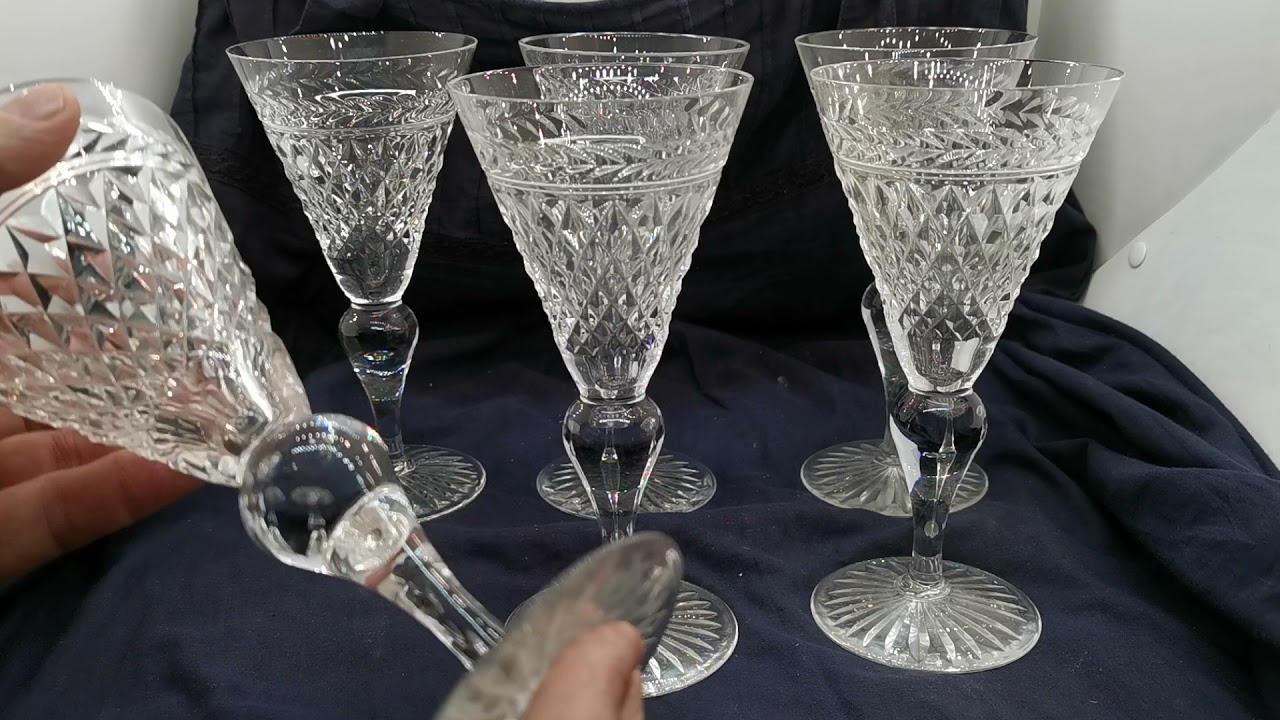
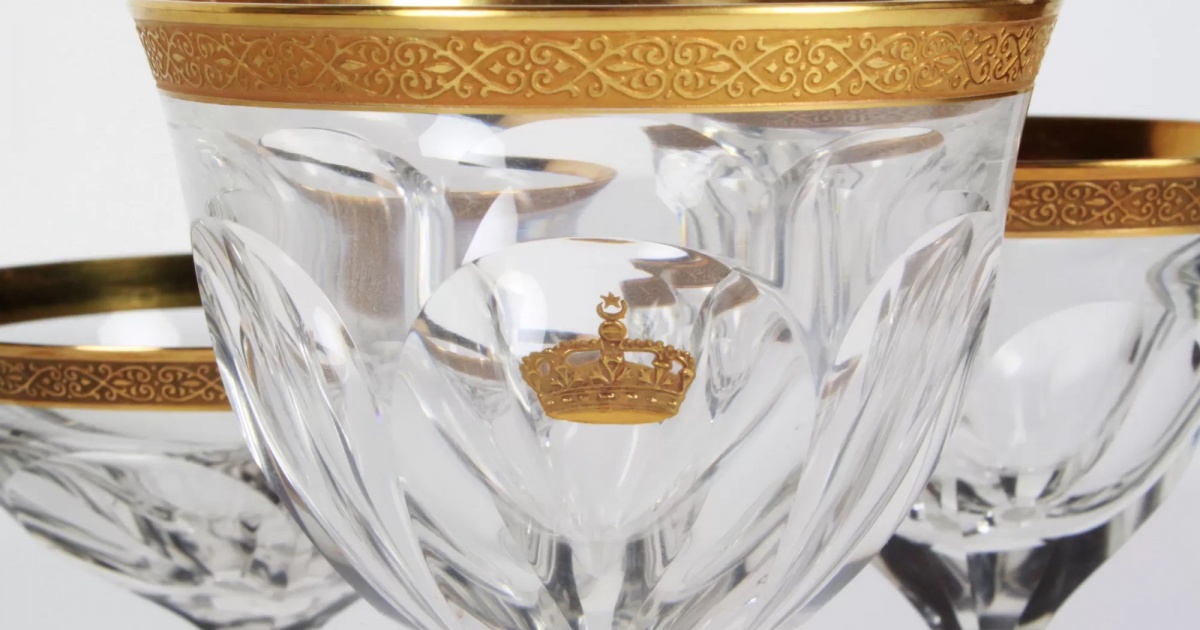

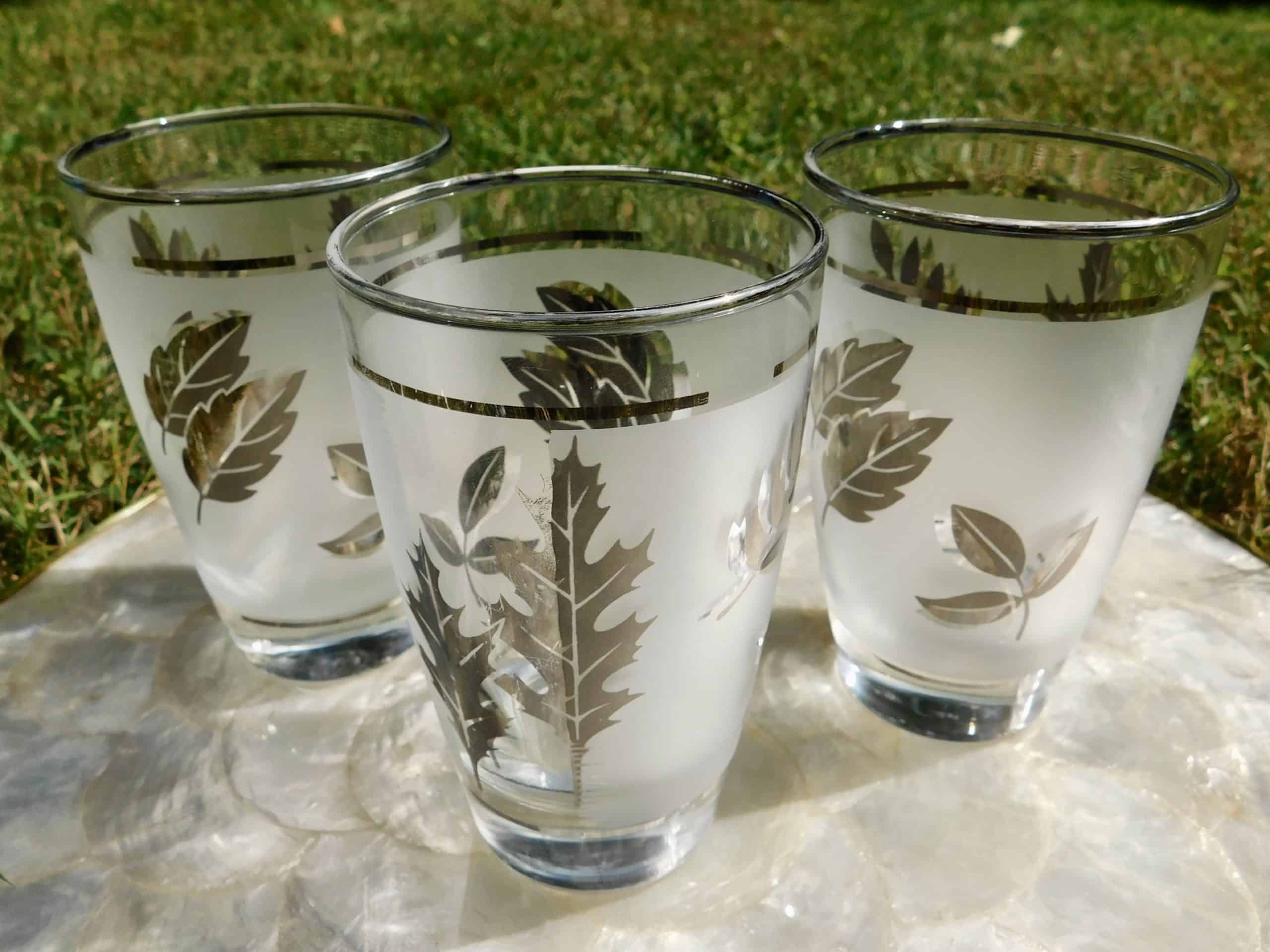
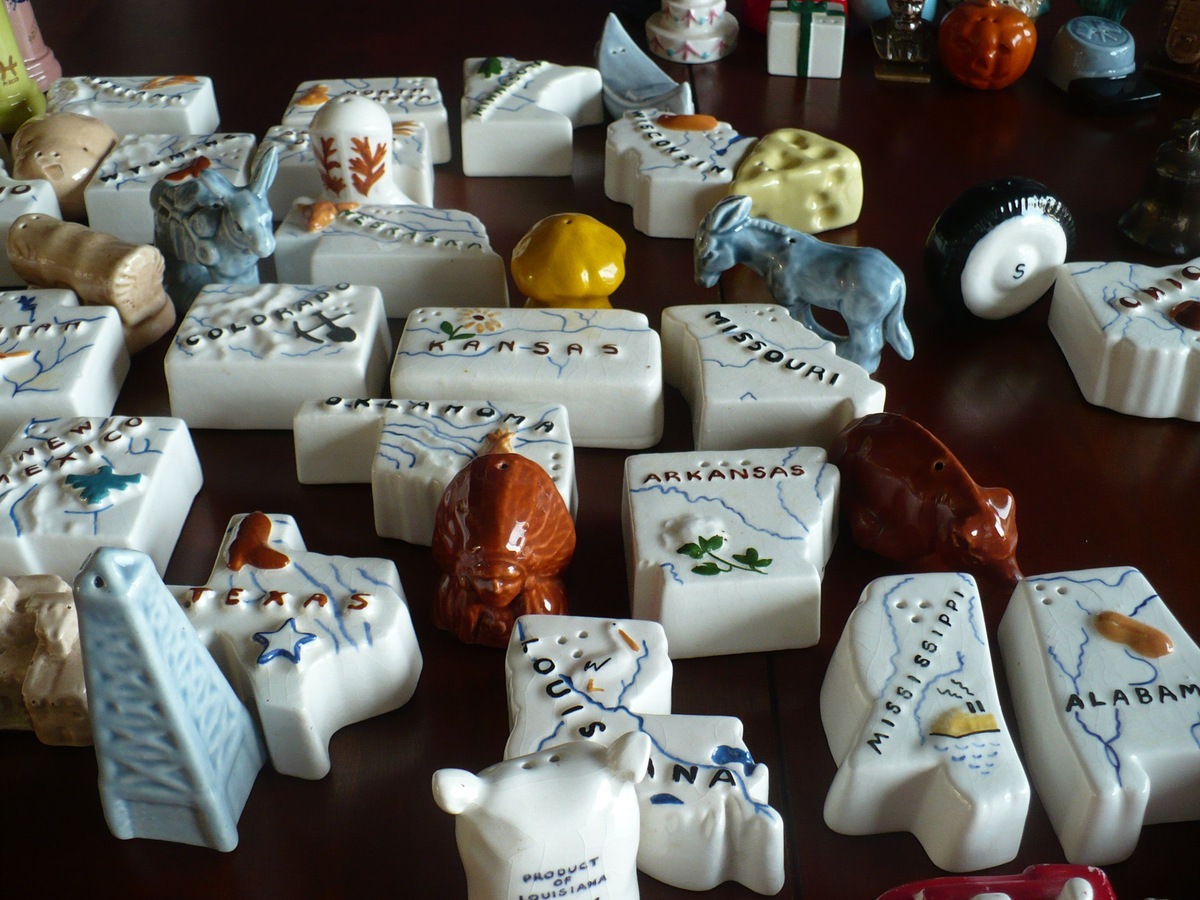
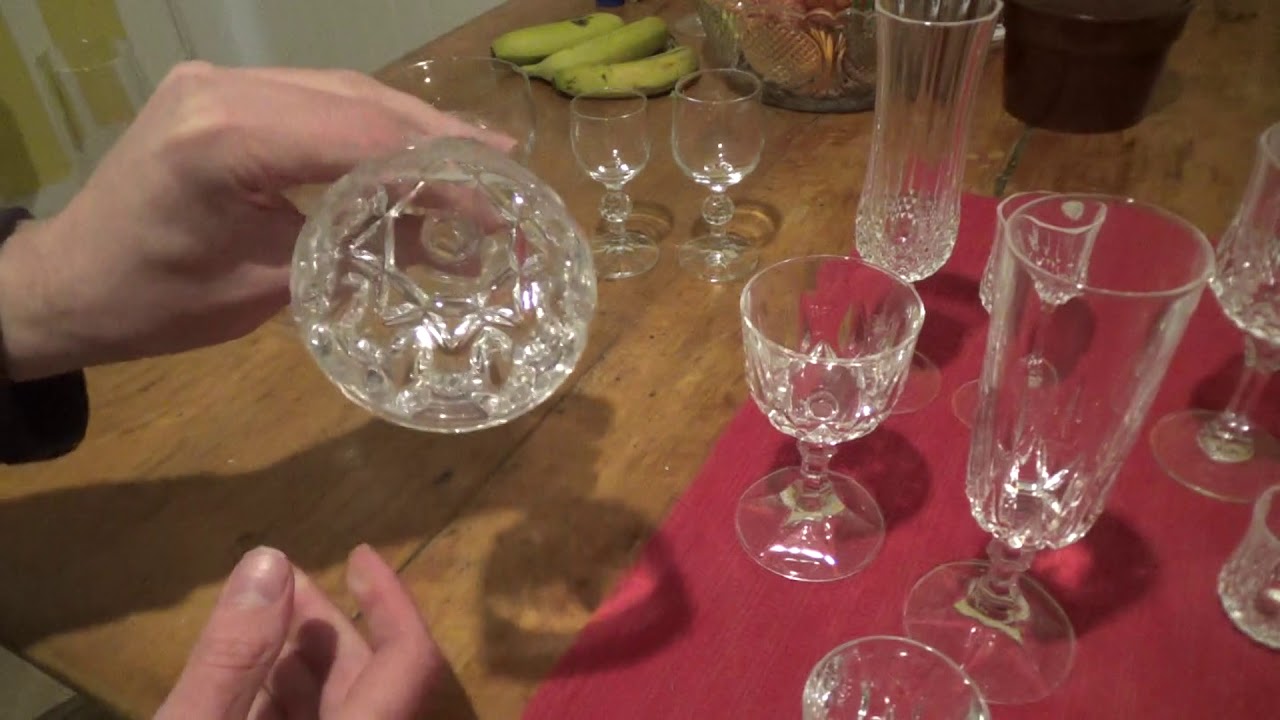

0 thoughts on “How To Identify The Style Of An Antique Table”